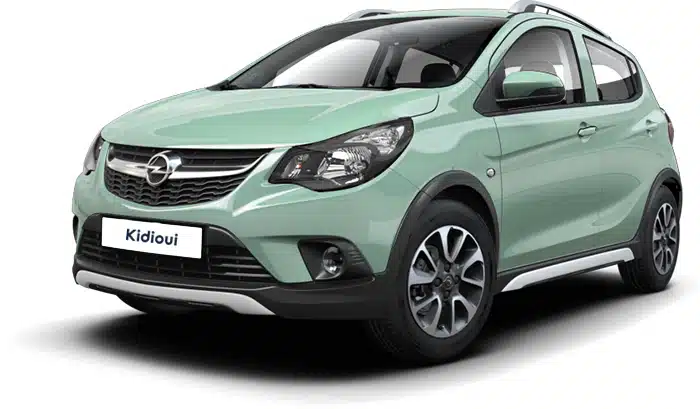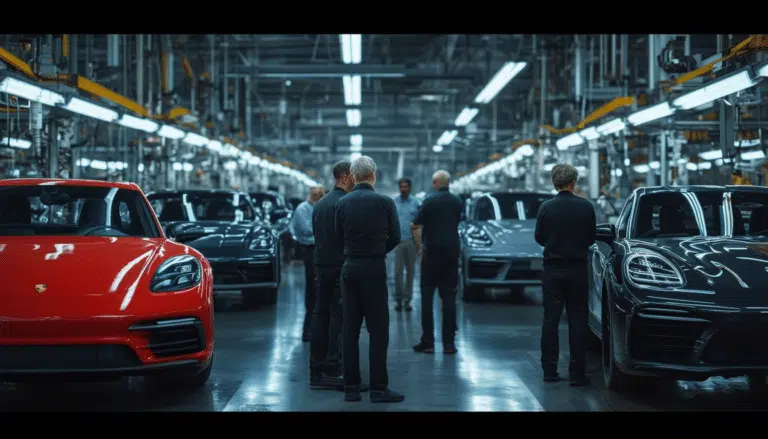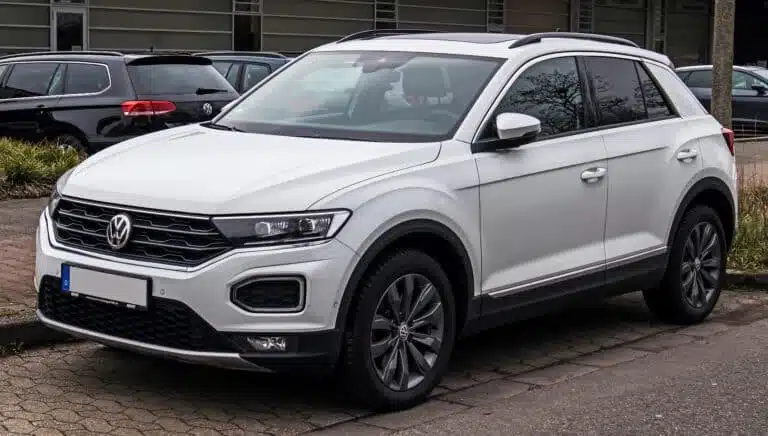Sensing systems in cars to prevent accidents
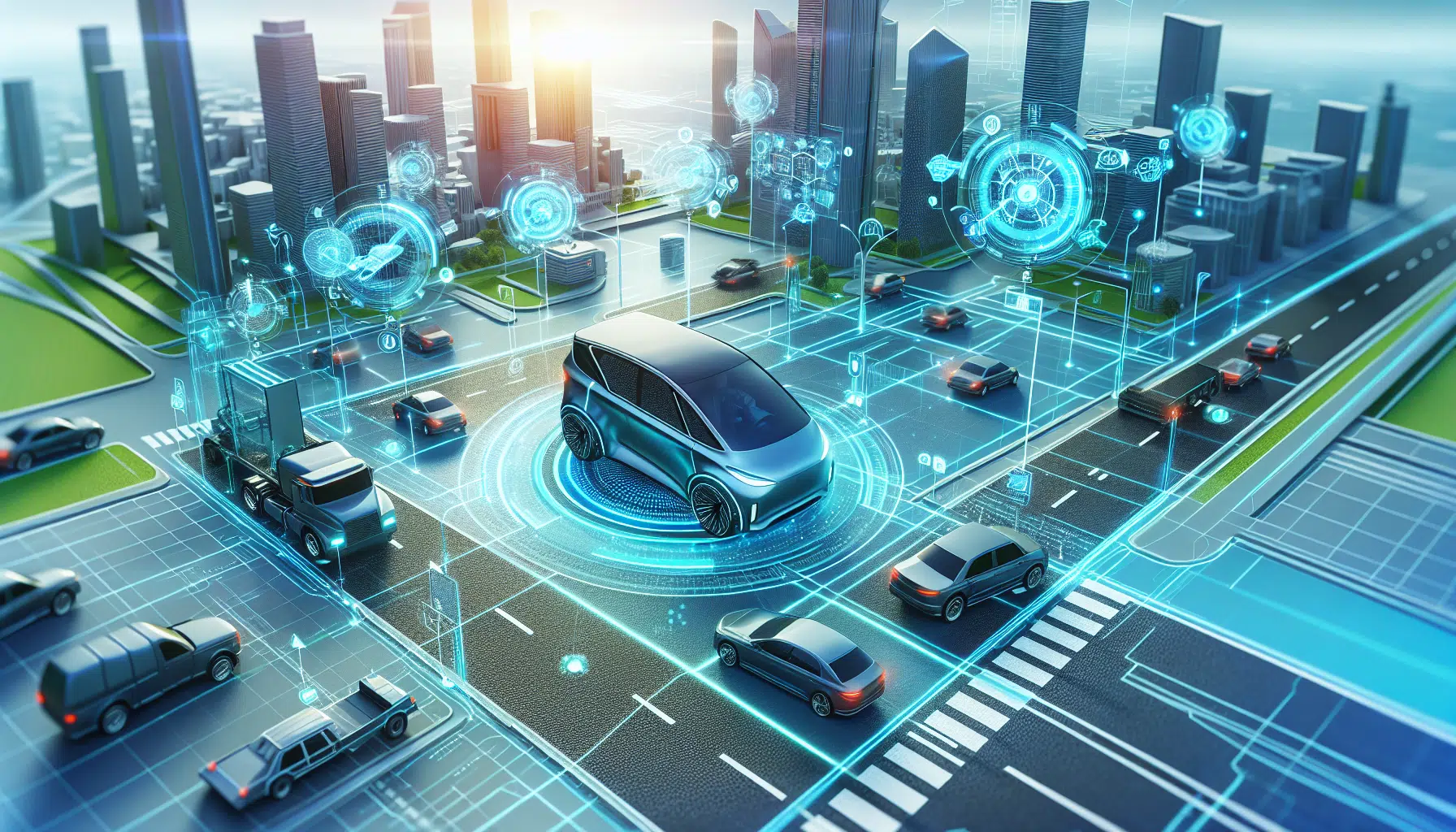
In the heart of an era where automotive technology is advancing by leaps and bounds, vehicular safety has taken a front seat in the design and innovation of modern cars. Accident avoidance detection systems represent one of the most significant developments in this regard, merging engineering mastery with artificial intelligence and telematics to safeguard lives. In this article, we embark on a journey through the capabilities and functionalities of these cutting-edge systems that are redefining the driving experience and raising safety standards to the maximum. We will discover how their implementation not only reduces the likelihood of collisions and incidents but transforms every journey into an odyssey of tranquility and confidence, projecting a future where cars and technology work in perfect symbiosis to protect what matters most: human life.
The Importance of Detection Systems in Vehicular Safety
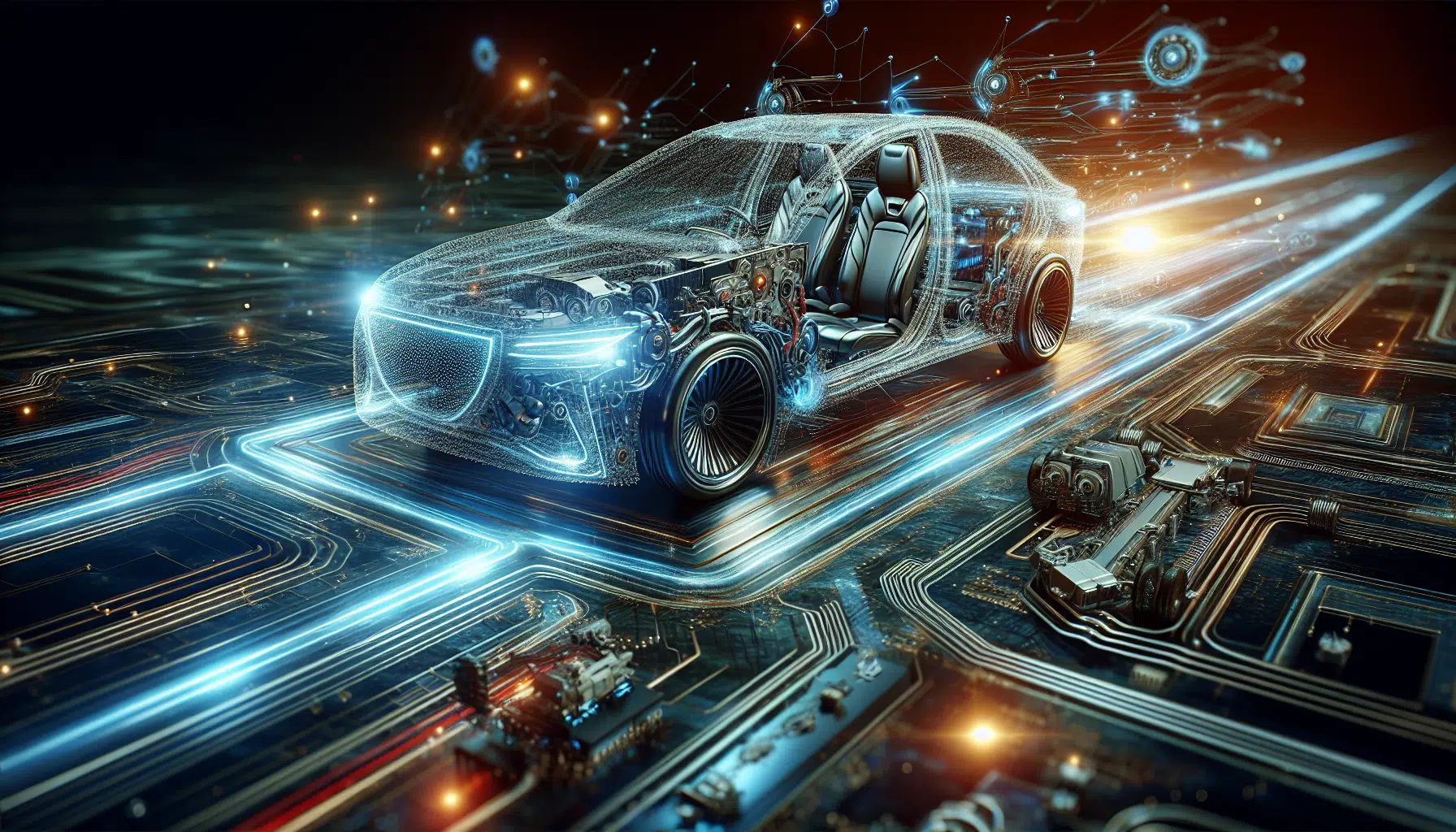
The incorporation of advanced technologies in automotive safety has transformed the way we interact with our vehicles. Accident detection systems are a key component in the prevention and mitigation of incidents on the roads, representing a step forward in the evolution towards safer and more efficient traffic.
Driving Assistants: The Silent Guardians of the Road
The Driver Assistance Systems (ADAS) implement a series of sensors and cameras that constantly monitor the vehicle’s surroundings, alerting the driver to potential hazards and, in advanced cases, taking control to prevent collisions. From automatic braking functions to lane change alerts, these systems have become true co-pilots in accident prevention.
Artificial Intelligence and Incident Prediction
In countries like Chile, artificial intelligence is being tested to prevent accidents in real time on highways. These technological solutions have the capacity to analyze traffic patterns and driver behavior to anticipate and avoid risk situations. It is a proactive approach that represents the next frontier in vehicular safety.
IoT and Its Impact on Road Safety
Internet of Things (IoT) technology integrates vehicles with connected devices that allow interaction and data exchange in real time, providing a broader overview regarding road safety. From monitoring the vehicle’s mechanical conditions to communication between cars to prevent accidents, IoT is fundamental for an intelligent and connected road ecosystem.
Fatigue Detectors: Technology at the Service of the Driver
Driver fatigue is one of the leading causes of accidents. Therefore, systems like the fatigue detector, which assess the driver’s level of attention and drowsiness, are crucial for ensuring safety. This type of technology can save lives by alerting the need for a break before fatigue leads to tragedy.
Maintenance and Comfort: Keys to Accident Prevention
Proper vehicle maintenance, especially of the climate control system, not only provides comfort but also prevents accidents. With suitable temperature and visibility conditions, the driver’s reaction capacity is improved and the risk of mechanical failures is reduced, thereby ensuring both comfort and safety behind the wheel.
Examples of Advanced Vehicular Safety Systems
There are multiple examples of how advanced systems can prevent incidents. Vehicles from well-known brands like Hyundai and Chevrolet have integrated safety systems that range from stability control to systems that prevent theft through proximity alerts. These technologies not only protect occupants in the event of an accident but seek to prevent any potential risk from the car’s initial design.
In the current era, where mobility is an extension of our digital and professional lives, having a robust set of accident detection systems is essential. Not only for our personal peace of mind but also to advance towards a society where the interaction between technology, vehicles, and drivers is synonymous with safety and efficiency on every kilometer traveled.

